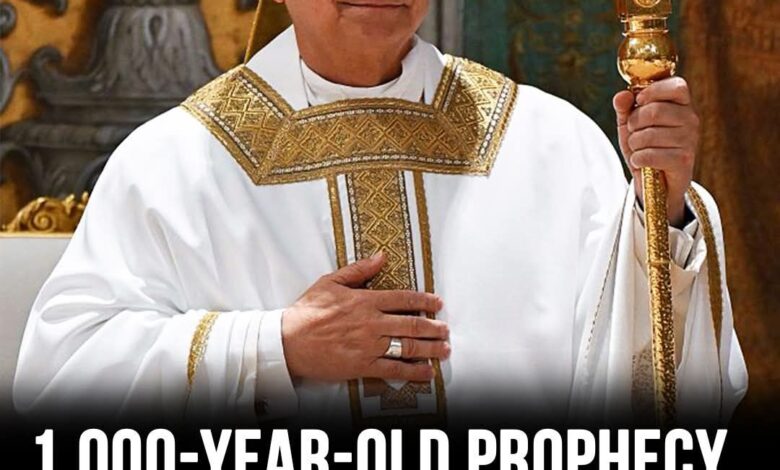Pope Leo XIV and the Ancient Prophecy: What Catholics Need to Know

Historic Vatican Selection Sparks Interest in Medieval Prediction
The Catholic world witnessed a historic moment on May 8 when Cardinal Robert Prevost, 69, became Pope Leo XIV—the first American to lead the Catholic Church. While this momentous selection has brought joy to millions of faithful Catholics worldwide, it has also reignited discussions around a centuries-old religious prophecy that some believe could signal significant changes for the Church.
The Malachy Prophecy Returns to Public Attention
Following the passing of Pope Francis on April 21 at age 88, religious scholars and devout Catholics have turned their attention to a 12th-century prediction attributed to Saint Malachy, an Irish mystic. This prediction, often called “The Prophecy of the Popes,” has generated considerable discussion on religious forums and social media platforms.
According to historical accounts reported by major news outlets including USA Today, Saint Malachy allegedly foresaw that there would be 112 popes following his lifetime, with the final pontiff described as “Peter the Roman.” This last pope would supposedly preside during a period of significant transformation for the Church.
Examining the Connection to Pope Leo XIV
Religious historians have quickly pointed out several inconsistencies that challenge attempts to link Pope Leo XIV to this ancient prediction:
- Pope Leo XIV’s background as Robert Francis Prevost includes Peruvian and American heritage, rather than Roman origins
- His chosen papal name bears no connection to “Peter”
- The timeline of the prophecy itself has been questioned by religious scholars
These factual discrepancies have led many Vatican experts to dismiss any connection between the new pontiff and the prophetic text.
What Religious Scholars Are Saying
Josh Canning, who directs the Newman Centre’s Chaplaincy in Toronto, previously rejected similar attempts to connect Pope Francis to the prophecy, stating, “I don’t know how you can connect Peter the Roman with Pope Francis.” This skepticism extends to the current situation.
More definitively, Boston College professor and Episcopal priest Fr. James Weiss has described the Prophecy of the Popes as a “forgery” lacking credibility. He explains that the list contains 112 cryptic phrases—not names—supposedly corresponding to future popes beginning with Celestine II in 1143.
“The popes are not specifically named,” Weiss clarified, noting that the prophecies use symbolic terms like “swift bear” and “rose of Umbria.”
Historical Authentication Challenges
Medieval history professor Joëlle Rollo-Koster from the University of Rhode Island emphasizes a critical point about the prophecy’s origins: there’s no conclusive evidence that Saint Malachy authored any prophetic writings.
“As a historian who is meticulous about the evidence, that is the best evidence in my opinion that Malachy did not write or speak prophecies,” she stated.
Many scholars believe the list was actually created in the late 1500s—not the 12th century—noting that the phrases match popes fairly well up until that time period but become increasingly tenuous afterward.
What This Means for Catholics Today
While conspiracy theories may continue to circulate online, the scholarly consensus remains clear: there is minimal connection between Pope Leo XIV and the so-called Prophecy of the Popes.
The election of the first American pope represents a significant milestone in Catholic Church history, worthy of attention for its own merits rather than through the lens of contested medieval predictions.
For the world’s 1.3 billion Catholics, Pope Leo XIV’s leadership marks a new chapter in their faith journey, regardless of centuries-old prophecies that continue to fascinate both believers and skeptics alike.
For more on Catholic teachings, papal history, and religious scholarship, explore our related articles below.